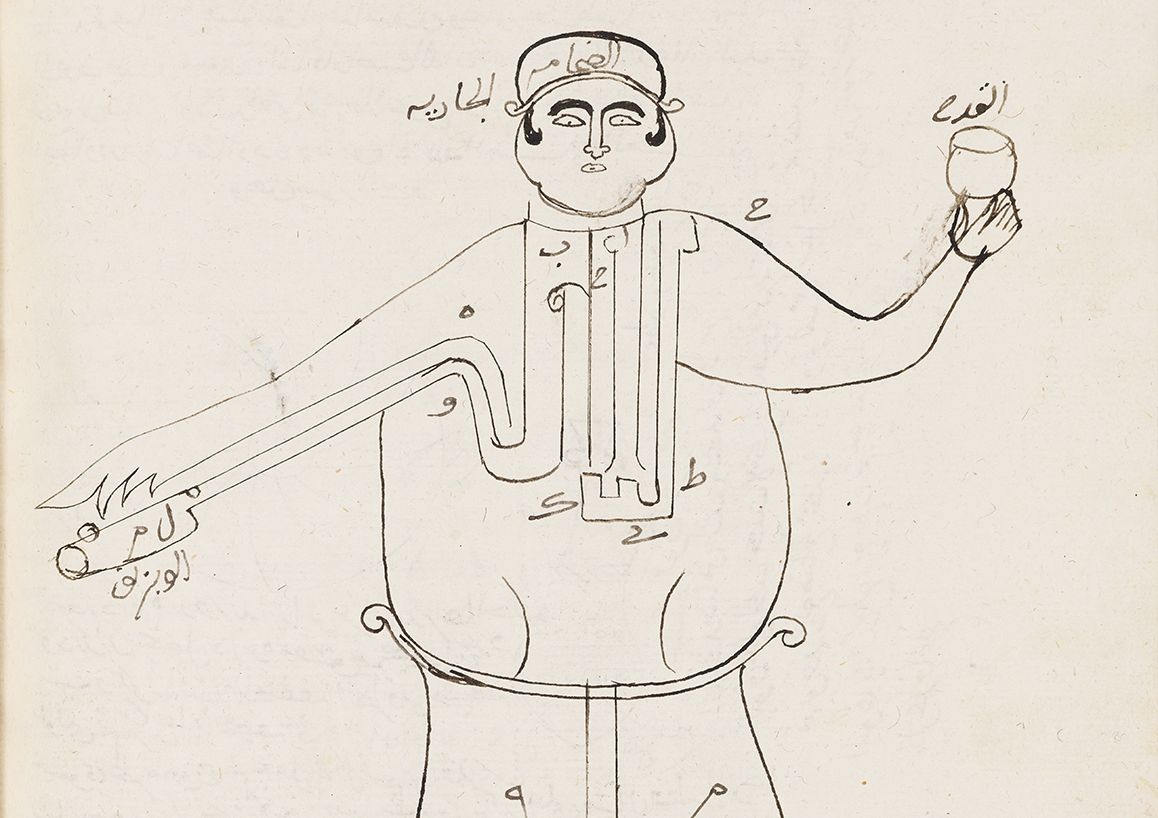“The Feminized Robot as Palimpsest”
Domestic robots have often been gendered, as mechanized reincarnations of feminized labor, notably through the replication of caring and secretarial activities. This history extends back to ancient literature and continues to inform the latest technologies, as exemplified by such algorithmic assistants as Apple’s Siri, whose female gendered voice works to highlight acquiescence and serviceability. While this phenomenon’s historical endurance has largely been acknowledged, few have considered the role of non-Western, premodern automata or self-moving machines in conveying and transforming the trope of the feminized robot. With a 2025–26 CSW Faculty Research Grant, I will research female-gendered automata in premodern Arabic treatises, with a focus on their connection to enslaved women in domestic settings. At the same time, through a meandering, transhistorical framework, I will examine the continuities and discontinuities between medieval Islamicate examples, ancient prototypes, and today’s digital robots.
Overall, this project’s objective is neither to pinpoint the feminized robot as a historical invariant, nor is it simply to trace a premodern Mediterranean genealogy of AI agents. Rather, I privilege a contrastive, comparative framework, with an emphasis on the specificities of female-gendered slavery before the Atlantic slavery and modern technology.
Further readings:
“Instrumental Jawārī: On Gender, Slavery, and Technology,” Al-ʿUṣūr al-Wusṭā 31 (2023).
“Automated Slaves, Ambivalent Images, and Noneffective Machines,” 21: Inquiries into Art, History, and the Visual 3, 4 (2022).
Photo credit: Liquid dispenser shaped as a female slave, folio from an anthology of mechanical works containing an Arabic translation of the Pneumatics of Philo of Byzantium, ca. 1300–1500. Oxford: Bodleian Library (Ms. Marsh 669, fol. 29v).
People
Lamia Balafrej
Lamia Balafrej is Associate Professor of art history at UCLA, specializing in the arts of the Islamic world. Her current book project, Instrumental Figures, examines premodern devices like automata and talismans as archives for histories of slavery, gender, and difference in early global Islam. The project has been supported by a 2026 I Tatti Berenson fellowship, a 2023 Rome Prize, and a 2023 Getty Scholar Grant. Hailing from Morocco, she is an alumna of the École Normale Supérieure in Paris and received her PhD from the Université Aix-Marseille I in 2013.



